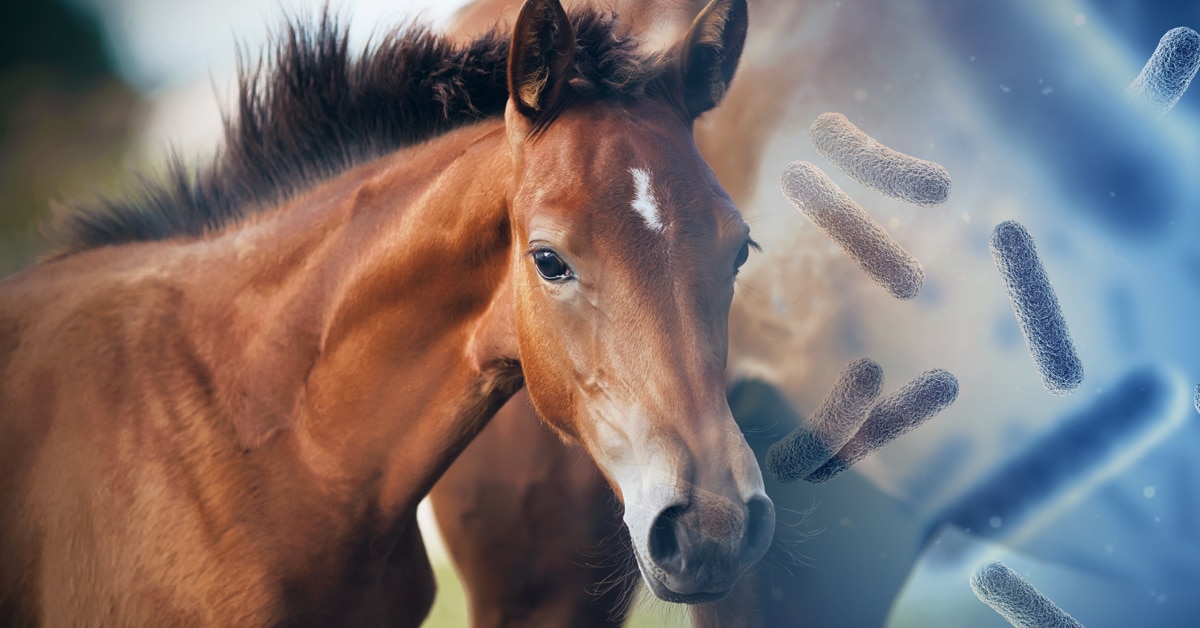The discovery, development, clinical use and introduction of antimicrobials into human and veterinary medicine as well as food animal and plant production transformed the management of infectious diseases in the 20th century. Critically, antimicrobials significantly improved the quality of human and animal life. Apart from the effective treatment of bacterial and fungal infections, the effect of antimicrobials is also reflected in increasing meat production yields that has helped to feed an ever-growing human population. Now, the availability and uses of antimicrobials are taken for granted by all who were born after the Second World War.
Sadly, the injudicious, widespread overuse in human as well as veterinary medicine has rapidly led to a precipitous decline in their effectiveness because of rapidly spreading antimicrobial resistance among pathogens. This real and present threat is making antimicrobials ineffective in controlling infectious diseases in human and animal patients. The United Nations Environment Health Programme document, “Environmental Dimensions of Antimicrobial Resistance,” quotes, “Antimicrobial resistance (AMR) is already a leading threat to global health and risks adversely affecting the environmental sustainability of the planet.”
Equine infectious disease management is now faced with adopting strategies to stop expectations that antibiotics and antifungal medicines should routinely be used indiscriminately for the prophylaxis of infections that may or may not occur as a consequence of viral infections, surgical procedures or stallion and broodmare management. The horse-owning public and veterinarians can no longer expect or dispense antimicrobials without evidence that an infection is caused by organisms that are confirmed to be sensitive to a specific antimicrobial treatment. Clinical investigation and diagnostic procedures must be aided by the appropriate laboratory investigations and antimicrobial sensitivity testing. In practice, the dilemma is that this approach is slower than a rapidly-progressing infection. The judicious use of a broad-spectrum antibiotic until microbial culture and sensitivity results are available may then be considered as a first treatment step.
“Antimicrobial resistance (AMR) is already a leading threat to global health and risks adversely affecting the environmental sustainability of the planet.”
The time limiting factors for the clinician are, first, rapid access to clinical pathology laboratory facilities, and, second, requesting the appropriate tests based on a horse’s or herd’s clinical presentation and symptoms; laboratory professionals often can help guide these requests.
Going forward, animal management and husbandry must be based on best practice biosecurity, stable and personal hygiene, animal movement, vaccination strategies and understanding immune system responses. Rapid recognition of developing infections is an essential part of good horsemanship. This means a return to more intense monitoring of individual horses and herd behaviour patterns. As in the pre-antimicrobial era, being more in tune to changes in appetite, attitude and daily monitoring of rectal temperatures to help identify early signs of illness is necessary. Furthermore, when dealing with both accidental and post-surgical wounds, appropriate topical wound management strategies limit the need for antibiotics. Most cuts and abrasions don’t need “antibiotic cover.”
Within the equine industry, broodmare and young stock practices have been a major culprit for the indiscriminate and liberal use of large amounts of antibiotics. Critically, strategies to limit antimicrobial use to confirmed cases of post-breeding bacterial endometritis in susceptible mares rather than for general prophylaxis has resulted in a welcome reduction in usage without a discernible impact on per mare cycle conception rates. Additionally, treating healthy newborn foals with a course of prophylactic antibiotics is not necessary and should be reserved for use following the appropriate diagnostic procedures for the treatment of the sick foal.
Likewise, the risk of developing respiratory disease (“shipping fever”) during and following transportation is not decreased by a course of “preventative” antibiotics. Rather, best practice is to ensure that the horse is healthy prior to travel and closely monitored for a minimum of three days at its destination. The larger risk is that horses treated inappropriately prior to travel will develop resistant strains of pathogens, narrowing the choice of antibiotics for effective treatment when they are truly necessary.
Within the equine industry, broodmare and young stock practices have been a major culprit for the indiscriminate and liberal use of large amounts of antibiotics.
National and international veterinary associations are implementing guidelines for the responsible stewardship of antimicrobials in response to the United Nations’ One Health recommendations. These include the British Equine Veterinary Association’s “Protect Me Toolkit.” It encourages veterinarians and their practices to implement antimicrobial stewardship strategies.
The response to the programme has reduced the use of antibiotics significantly without detriment to the horses in the care of a large general and referral equine practice in Newmarket during the last 10 years. While this progress in antibiotic stewardship by UK equine practices has been substantiated by a recent study highlighting both improvement as well as deficiencies in its implementation, there is still much room for improvement. Taking responsibility for the implementation of antibiotic stewardship policies requires continuous critical monitoring of drug usage, behaviours and trends as well as ongoing education of veterinary professionals and their clients.
In order to protect our ability to manage infectious disease in animals and humans now and in the future, strict antimicrobial stewardship is essential. This is our collective responsibility for all involved in this very diverse global equine industry.
~ Fred Barrelet, DipVMS (Bern), Dr.med.vet.(Bern), MRCVS, Rossdales Ltd, Newmarket, UK

